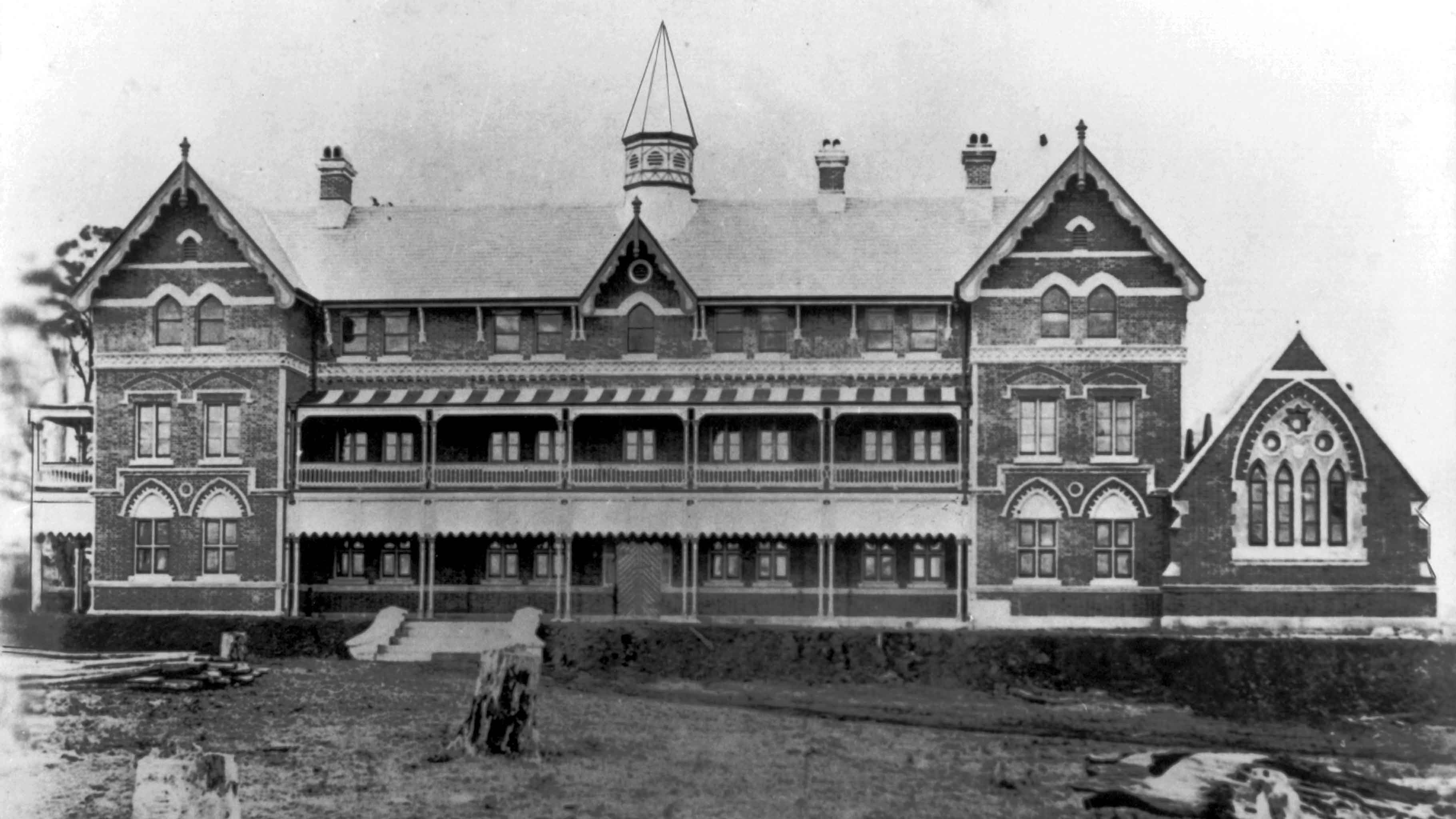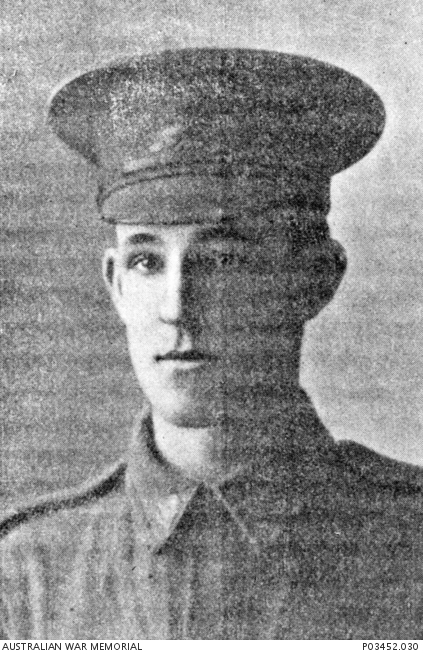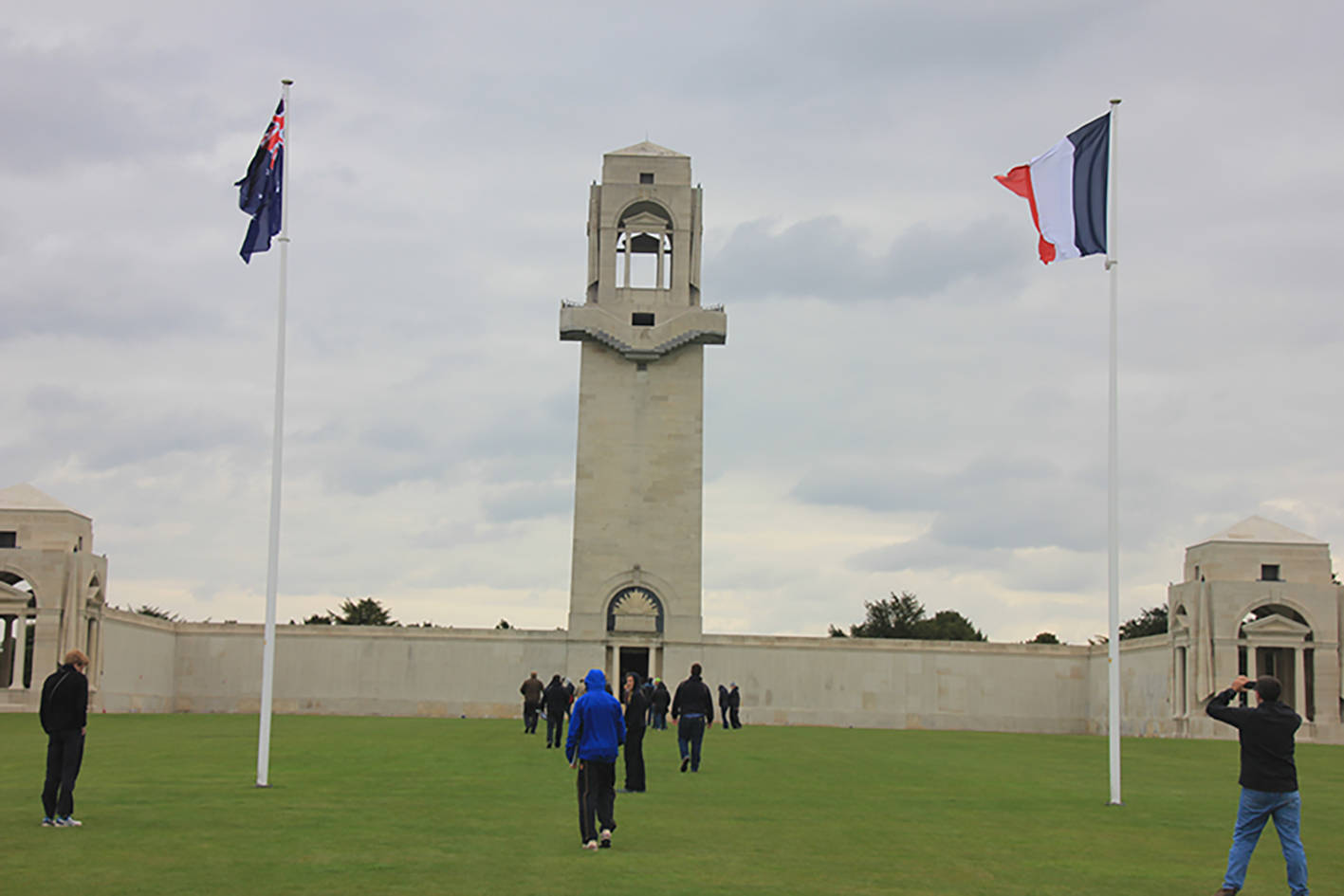Professional training for many occupations was very different a century ago compared to today. This is not an unexpected thing. At the beginning of the Great War Victor Alexander Spiers had begun training to become a school teacher. He was still 18 years and 8 months old, and already teaching, when he enlisted in the AIF on 12 January 1916. Like many professions, teaching involved on-the-job training. Vic’s experience over the following two years is also a powerful illustration of the cost of the war to the Australian community.
Vic Spiers was the son of James and Annie Spiers who lived in Kelvin Grove, Brisbane, when he enlisted. However, he was born in Toowoomba and attended the Toowoomba Grammar School until he embarked on his career in education. After the war, his mother gave the name of the school’s headmaster, G.P. Barbour, as her son’s referee. Vic was 5’9” tall and weighed 137 pounds. He had a fair complexion, brown eyes, fair hair and was a Presbyterian.
As the school year of 1916 began Vic Spiers was no longer teaching; he was sworn into the AIF at Enoggera. He was attached to the 11th Depot Battalion until April and then joined the reinforcements for the 12th Brigade. He left Australia just before his nineteenth birthday embarking for Europe on the A46 Clan McGillivray at Brisbane on 1 May 1916. After arrival in the UK he continued training at Rollestone until October, when he “proceeded overseas, France” to be taken on strength by the 47th Battalion on 3 October 1916.
Before he left England, like many of the youngsters of the AIF, Vic was AWOL for twenty-four hours, and no doubt happily forfeited two days’ pay.
Immediately prior to his arrival the 47th had been through two stints in the maelstrom of Mouquet Farm near Pozieres where casualties reached 40% of the battalion’s strength. From October to the spring of 1917 Vic served at or near the front until the battalion was ready for its next great task – joining the assault on the Hindenburg Line at Bullecourt. It was to be Vic’s first major battle. It was a disaster of poor planning, bad weather and mechanical failures among the tanks. From 11 April, the first day of the battle, Vic was posted as “missing in action”.
Several of his comrades had witnessed Vic’s fate. They gave statements to the Red Cross in the ensuing months; Pte Boast stated, He was a pal of mine . . . . I ascertained from a man who had seen him that he was left wounded in the head, was standing up and holding his hand to his head. Cpl. Yates said; I saw him dead in a sitting position on a firestep during attack on April 11th. I went up to him and found he was quite dead . . . . He was a school master from Toowoomba (and) came over with the 3rd reinforcements. Pte. Waterford said; The last seen of him was shot by a shell through the mouth . . . he was hit when close to the German barbed wire.
On 19 November 1917, Annie Spiers wrote to the army, by now quite anxious for news of her son; Dear Sir, I received a circular letter from you dated 28th August . . . intimating that if any further information came to you concerning (my son) I would be notified. No information has yet reached me and I shall be glad if you will be good enough to communicate with me at your very earliest convenience. Yours faithfully, Annie Spiers
Annie was not to know it yet, but nine days before she posted that letter, a military “Court of Inquiry in the field” had reached the decision that Vic was now posted officially as “killed in action” on 11 April. Vic Spiers died two months short of his 21st birthday. He has no known grave; his name appears on the Australian Memorial at Villers-Bretonneux. Mr George P. Barbour, Vic’s referee and Headmaster of Toowoomba Grammar, had two sons serve in France, one of whom was killed in 1918 (see Barbour G.P.).
Toowoomba Grammar School Archive Records state that he started school on 31st January 1911 and left on 12th December 1913.
External Links:
Australian Red Cross Society Wounded and Missing
AWM4 AIF unit war diaries 23/64/11 47TH BN APRIL 1917
Australian National Archives Military Records
Australian War Memorial Honour Roll
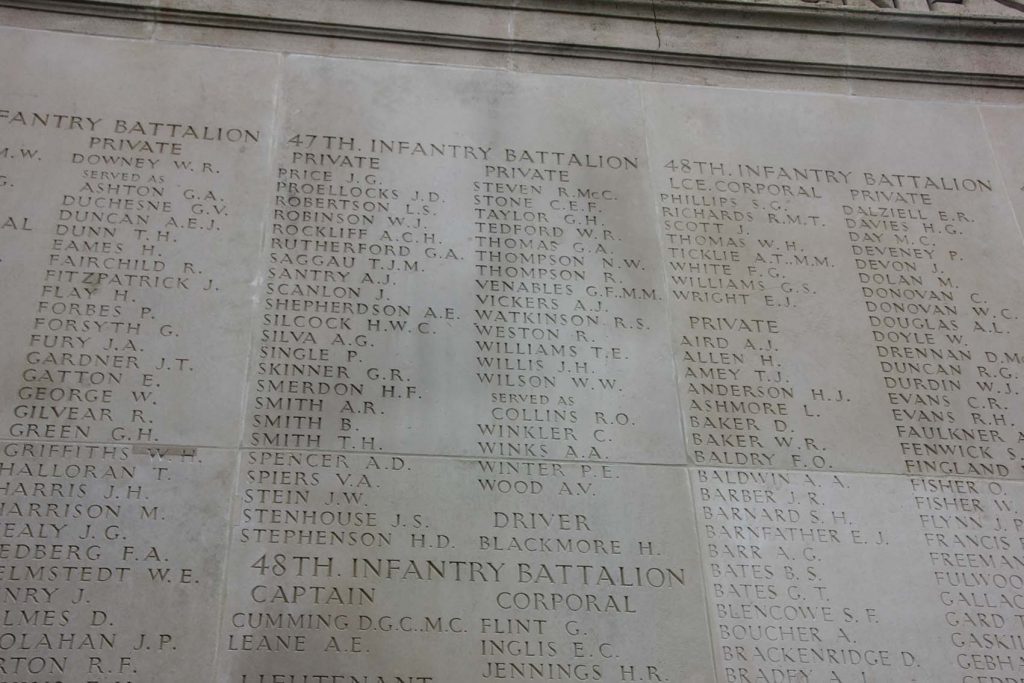
Photograph by Ann Hallam
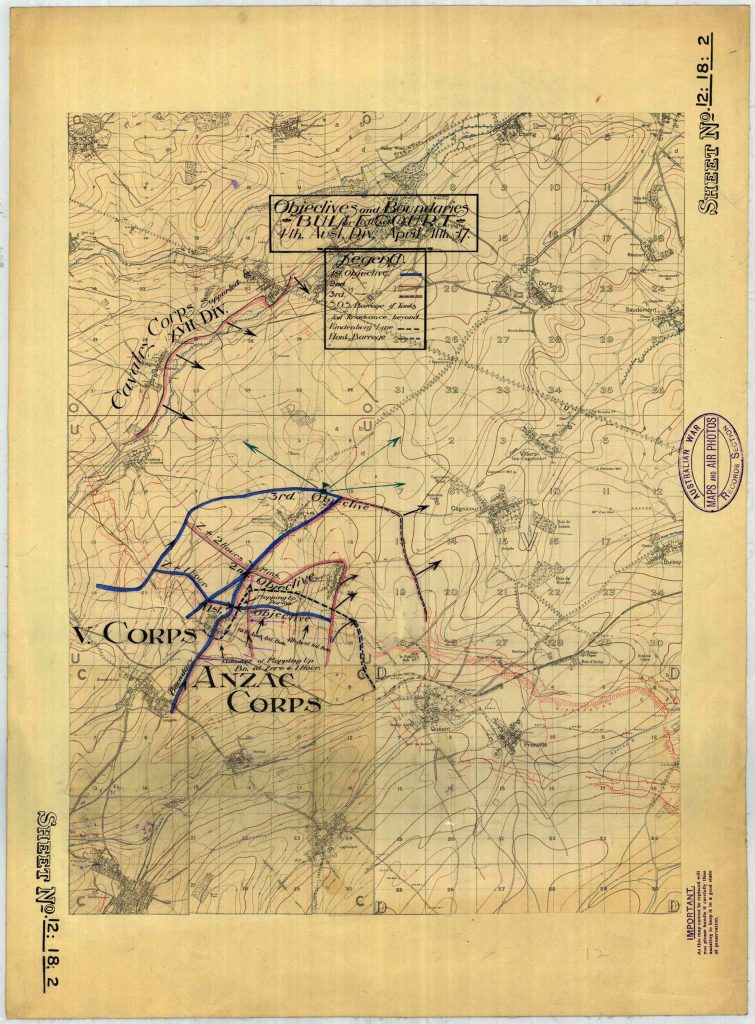
‘Bullecourt, more than any other battle, shook the confidence of Australian soldiers in the capacity of the British command; the errors, especially on April 10th and 11th, were obvious to almost everyone’.
Charles Bean, Official Historian.

